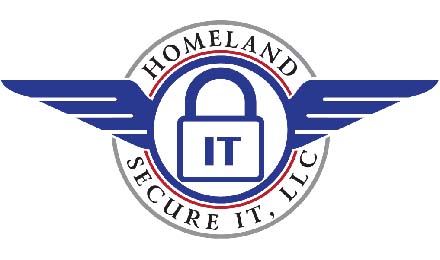Toshiba vs Nexlink – Battle to the death – In a steel cage! (Okay, maybe not)
The other day, I wrote about Nexlink SP series business notebooks and that generated some interest in their products among our clients and friends. Today we happen to have both a Nexlink SP 4000 and a Toshiba Tecra A11-S3511 in stock before they are delivered to their new owners, so I thought we would give a rough comparison of the two.
We have an even playing field with these two products… Both are designed for business use and feature the following specs in common:

Nexlink SP 4000 Business Notebook
Intel i3-350M 2.26G Processor
2GB DDR3 1066 SODIMM RAM
15.6″ widescreen LCD display w/built-in camera
Microsoft Windows 7 Professional
Docking connectors, VGA port, 10 key numeric pad, media card reader, express card, DVD-RW, audio in/out, Gigabit NIC, Wireless & Bluetooth, security lock slot
The differences between the two are:
Toshiba has a finger print reader, serial port, mini display port, eSATA, modem, 3 USB ports and only 250GB HD
Nexlink has 4 USB ports & 320GB HD
Aesthetics: In comparing the two visually, they both feature a matte finish on most of the areas you touch, though the mouse buttons on the Toshiba are chromed plastic and show fingerprints badly. The rest of the surfaces are similar between the models. The layout is similar, except many of the connections, including power are on the back of the Toshiba unit. The Nexlink’s backside is devoid of connections.
Display: Set to the same resolution, I can tell no difference when viewing the same screens and graphics. The speed of refresh is great on both models. One difference is that the Nexlink may offer better privacy when viewed from the side. Those working with sensitive material may still wish to use a privacy filter.

Toshiba Tecra A11-S3511 Business Notebook
Keyboard & Touch Pad: Both units have excellent keyboards though slightly different in style, however the touch pad on the Nexlink is more to my liking, the surface area is larger and is a little rougher, making it easier for me to manipulate. Your mileage may vary here. All of us in the office like the Nexlink’s feel better and it seems to be more responsive.
Performance: Considering these are units going out to clients, we did not want to load them down with benchmarking tools. We did use them to browse, check resources and to run the Windows Experience Index. Not surprisingly due to the similar configuration, they both had a 3.6 rating, with the Toshiba coming in 0.1 faster on disk access and the Nexlink 0.2 higher on gaming graphics. Otherwise, they performed identically. It should be noted that the Toshiba comes pre-loaded with their suite of software and applications to support the notebook and that from the factory it was using 1.02GB of RAM, while the Nexlink was using 600MB.
Overall Experience: Either of these notebooks would make a great system. They weigh about the same, have about the same dimensions, have similar battery life, and have a rugged build to withstand the everyday wear and tear a portable computer user would inflict. In addition to being a great portable computer, they also connect to an (optional) docking station that allows the use of a large LCD, external speakers, printers, full size keyboard and mouse all by dropping the computer into the docking bay. Who could ask for more?
The bottom line probably comes down to money for most potential owners of these notebooks. If that is the case, then I recommend you consider the Nexlink SP Series as your first choice. You get similar performance and features and can save a little money!
Homeland Secure IT is proud to partner with the US based manufacturer and offer the entire line of Seneca Data’s Nexlink notebooks, computers and servers. Please call 864-990-4748 ext 201 or email info@homelandsecureit.com for more information. We provide installation, migration and support in Greenville / Upstate SC and national sales.
